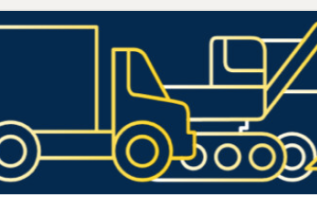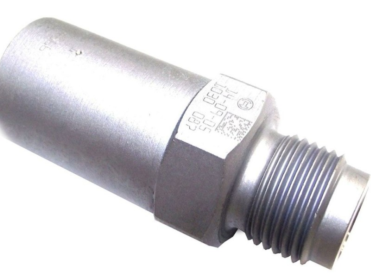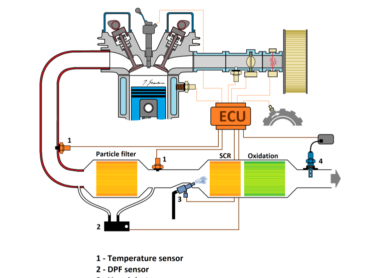The production of vehicles is strictly related to the economy of individual countries and the global economy in general.
The global economy in current circumstances is being facing many changes. Regardless of the several dynamically unstable factors that caused those changes, on a larger scale, a coherent picture of global changes is being drawn.
Until a few decades ago, Europe still possessed the primacy in technology, industry and new technology development. Today the situation looks completely different.
In Europe, there is visible push that forces to resign from an individual transportation as such in favor of public transport. Although an individual transportation devices for over a hundred years were a sign of freedom and a real progress that shaped European cities, roads and entire infrastructure.
This contradicts with the economic progress of the Europeans and with individual expectations. Such an approach will also deprive people of their freedom of movement and choice of places of remembrance and places of work. It will (or hopefully would not) also radically change the style and pace of life in many provinces. Let’s hope that the EU’s odd strategy will not succeed in bringing down what was achieved for the last hundred years.
In the face of the innovation crisis, Europe has been moving towards post-industrialism for several decades now. This, however, is beyond the scope of this article. So far, expressed by EU approach is one of the factor that causes decrease in vehicle production.


Overall passenger car production in Europe in 2020 was only 70% of the production in 2019. In 2021 and 2022, this reduced level was maintained with only little deviations: 3% increase in 2021 and 3% decrease in 2022.
The production level of light commercial vehicles in 2020 recorded a decrease over the same period – reaching 75% of 2019 production. Similarly to passenger vehicles production level changes, in 2021 the LCV production increased comparing to 2020 by 13% and in 2022 a decrease of 5% comparing to 2021.
Truck production (HCV) in 2020 accounted for 72% of the 2019 level. In 2021, it has increased by 48%. More 2% of increase was noted in 2022.
Bus production in 2020 fell down to 87% of 2019 production level. In 2021, production decreased by 12% and in 2022 increased by 6% comparing to year 2021.
Overall production of all kind of vehicles in Europe in 2020 decreased, reaching 70% of the level from 2019. In 2021 production increased by 5% and in 2022, it fell down by 3%.
The largest decrease in production at the turn of 2019-2020 concerns passenger cars (-30%), followed by trucks (-28%), vans (-25%) and finally buses (-13%).
The largest drop in vehicle production in 2020 were recorded (in percentage) in:France – 47%; Austria – 38%, Germany – 33%; Spain – 24%.
Within the last two years vehicle production, did not reach back to the level from 2019. There is not even a tendency to such a recovery. Such a situation does not clearly reflect the European market demand, as Europe continue importing vehicles from other regions of the world – mostly from Asia.
Jacek Gembara
Jacek@best-growth.com
#Totalvehicleproductiontendency #EuropeTotalvehicleproductiontendency #passengercar #lightcommercialvehicles #HEAVYTRUCKS #HEAVYBUSES #PROCAR #PROLCV #PROHCV #PROBC





